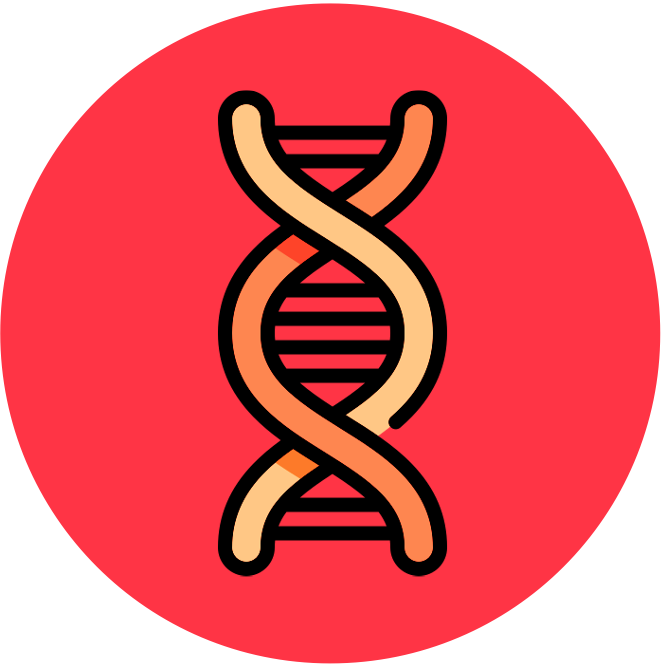

Cell Division
SL Content Statements
-
D2.1.1
Generation of new cells in living organisms by cell division
-
In all living organisms, a parent cell—often referred to as a mother cell—divides to produce two daughter cells.
-
D2.1.2
Cytokinesis as splitting of cytoplasm in a parent cell between daughter cells
-
Students should appreciate that in an animal cell a ring of contractile actin and myosin proteins pinches a cell membrane together to split the cytoplasm, whereas in a plant cell vesicles assemble sections of membrane and cell wall to achieve splitting.
-
D2.1.3
Equal and unequal cytokinesis
-
Include the idea that division of cytoplasm is usually, but not in all cases, equal and that both daughter cells must receive at least one mitochondrion and any other organelle that can only be made by dividing a pre-existing structure. Include oogenesis in humans and budding in yeast as examples of unequal cytokinesis.
-
D2.1.4
Roles of mitosis and meiosis in eukaryotes
-
Emphasize that nuclear division is needed before cell division to avoid production of anucleate cells. Mitosis maintains the chromosome number and genome of cells, whereas meiosis halves the chromosome number and generates genetic diversity.
-
D2.1.5
DNA replication as a prerequisite for both mitosis and meiosis
-
Students should understand that, after replication, each chromosome consists of two elongated DNA molecules (chromatids) held together until anaphase.
-
D2.1.6
Condensation and movement of chromosomes as shared features of mitosis and meiosis
-
Include the role of histones in the condensation of DNA by supercoiling and the use of microtubules and microtubule motors to move chromosomes.
-
D2.1.7
Phases of mitosis
-
Students should know the names of the phases and how the process as a whole produces two genetically identical daughter cells.
-
D2.1.8
Identification of phases of mitosis
-
AOS: Students should do this using diagrams as well as with cells viewed with a microscope or in a micrograph.
-
D2.1.9
Meiosis as a reduction division
-
Students should understand the terms “diploid” and “haploid” and how the two divisions of meiosis produce four haploid nuclei from one diploid nucleus. They should also understand the need for meiosis in a sexual life cycle. Students should be able to outline the two rounds of segregation in meiosis.
-
D2.1.10
Down syndrome and non-disjunction
-
Use Down syndrome as an example of an error in meiosis.
-
D2.1.11
Meiosis as a source of variation
-
Students should understand how meiosis generates genetic diversity by random orientation of bivalents and by crossing over.



